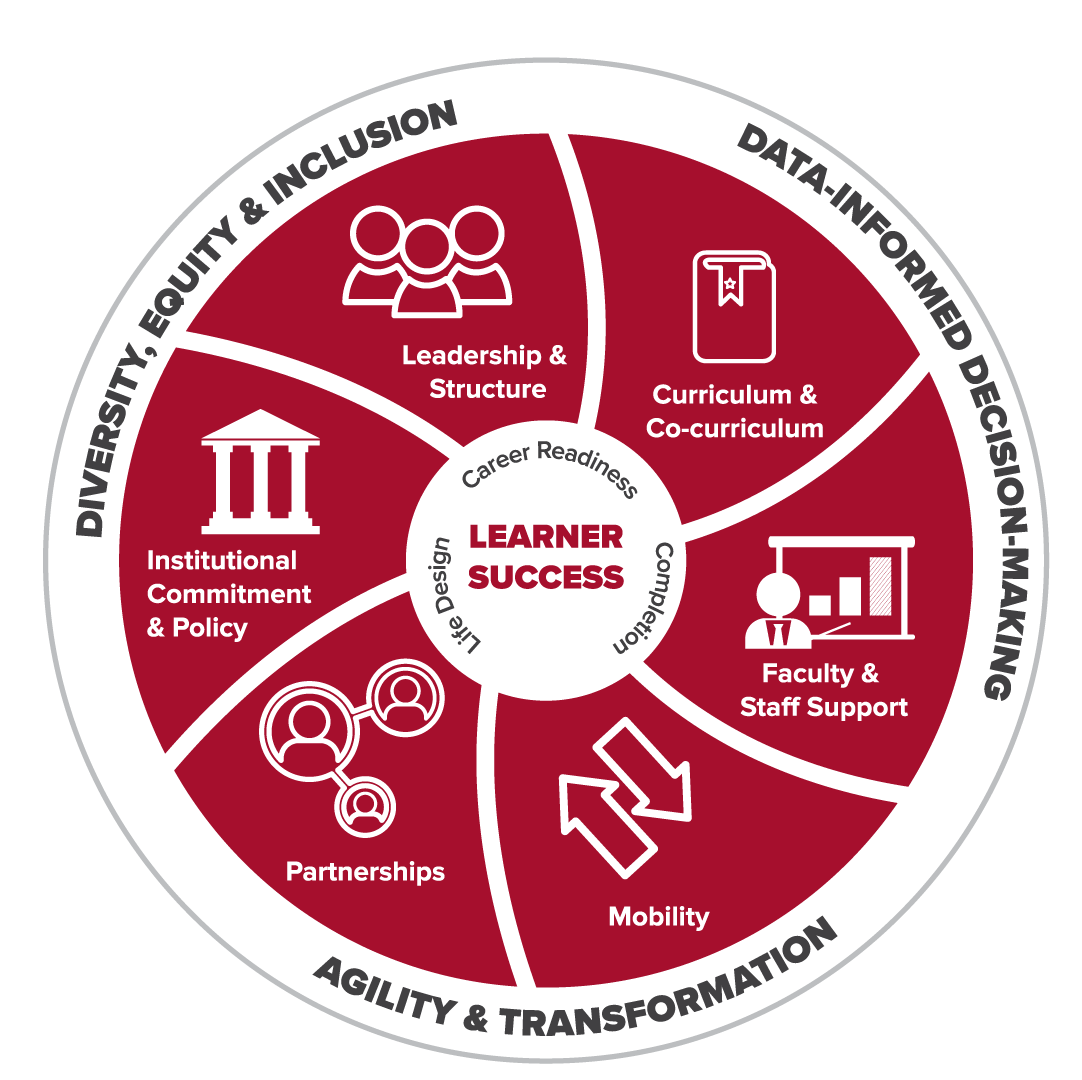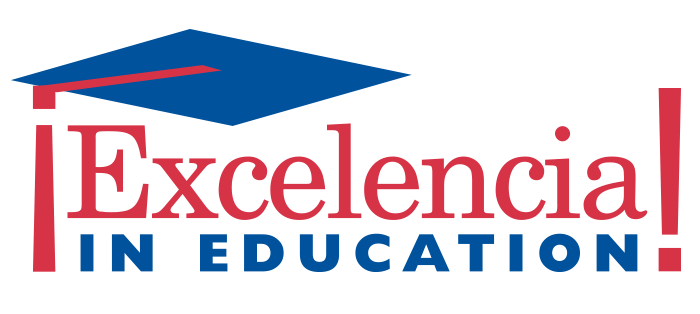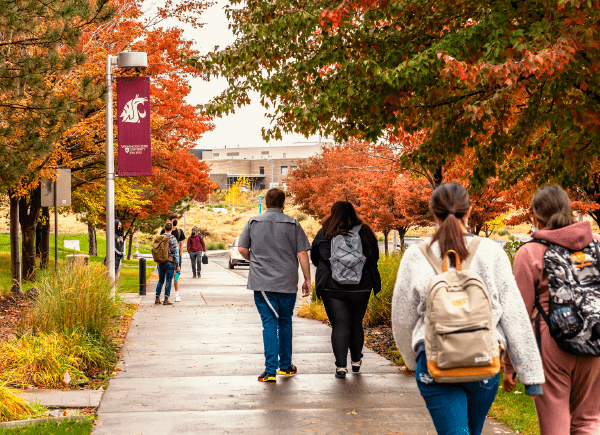Leadership & Structure Committee
Committee Co-Chairs: Kathleen Cowin & Anna Plemons
The involvement of institutional leaders and appropriate administrative infrastructure provide an essential framework for implementing learner success initiatives. These include offices that help blend professional and liberal arts education to meet learners’ diverse needs, as well as key personnel that coordinate student support services across campus.
Curriculum & Co-Curriculum Committee
Committee Co-Chairs: Ian Jamieson & Stephanie Bauman
The blending of professional training and liberal arts education to help learners develop the skills needed to be successful in their lives and careers. Co-curricular programming delivers high-quality applied learning experiences that complement course-based instruction and align with the labor market.
Faculty & Staff Support Committee
Committee Co-Chairs: Janet Peters & Tracy Jordahl
Institutional policies and support mechanisms that provide opportunities to develop additional competence in facilitating learner success. Faculty and staff are developed to grow in their work, share expertise, explore pedagogical innovations, and address challenges across disciplines.
Committee Co-Chairs: Laura Sanchez & Che-Hao Yang
Updated policies and practices are needed for learners who bring diverse experiences to and increasingly enroll in multiple institutions throughout their postsecondary careers. Institutions should have clear, accessible academic plans aligned to career opportunities and facilitate credit transfer and credit for prior learning.
Committee Co-Chairs: TBD & Judy Morrison
A stated commitment to transformation efforts related to learner success, along with formal assessment mechanisms, is essential. Institutions should have a learner-centric mission statement and strategic plans that emphasize persistence, life design, and career readiness.
Institutional Commitment & Policy Committee
Committee Co-Chairs: Kate McAteer, Damien Sinnott & Kevin Fiedler
Institutions work collaboratively to better understand and serve community and employer partners. Strategic relationships are developed and learning and credentialing opportunities align with the labor market and community needs. Students, faculty, staff, alumni, and other stakeholders are connected to improve learner outcomes.








